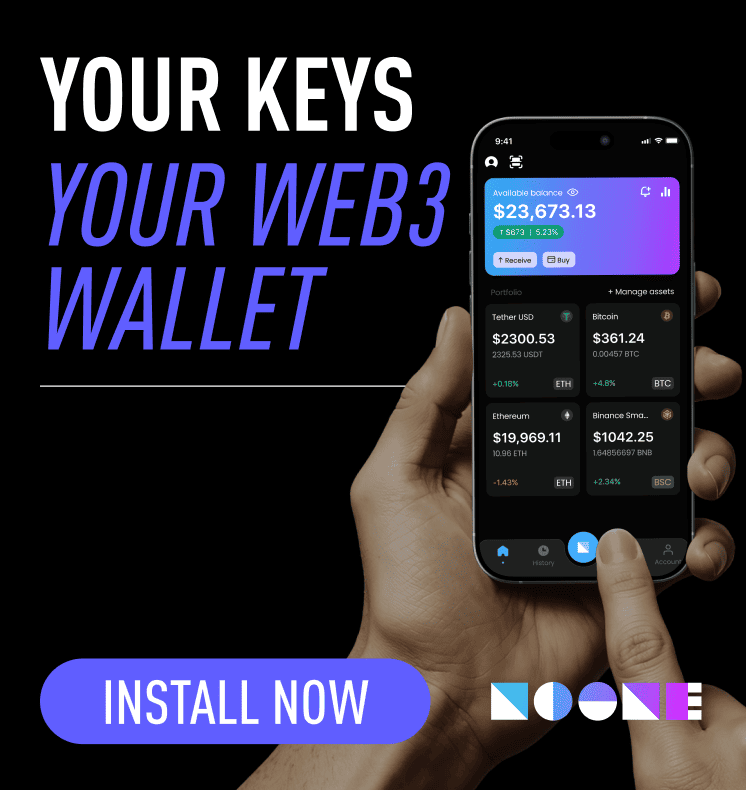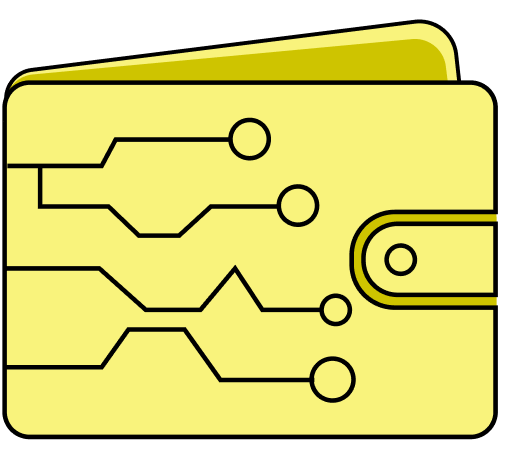Zengo Wallet is a cryptocurrency wallet that introduces a novel keyless security system. Instead of relying on traditional private keys or seed phrases, it utilizes advanced cryptographic methods to protect assets while maintaining a smooth user experience. Zengo has been built with users in mind who seek a secure yet easy-to-use wallet without concerns about losing access due to misplaced recovery phrases. It supports multiple cryptocurrencies, integrates with DeFi, and allows direct buying, selling, and asset swapping.
Introduction
Non-custodial wallet Zengo was developed to tackle one of the most common challenges in crypto: safeguarding private keys. Most wallets require users to manage seed phrases, but Zengo avoids this using a technology called Multi-Party Computation (MPC). Security is decentralized between the user’s device and Zengo servers, making hacking attempts more difficult.
It combines security, simplicity, and versatility. Users can hold Bitcoin, Ethereum, stablecoins, and numerous other assets without lengthy backup phrases. By removing these barriers, Zengo aims to introduce self-custody to a broader audience.
History of Zengo Wallet
Zengo was founded in 2018 by Tal Be’ery, Omer Shlomovits, and Ouriel Ohayon. The team identified that private key management was a significant obstacle to cryptocurrency adoption. Wallets were often inaccessible due to lost passwords or forgotten recovery phrases.
The wallet publicly launched in 2019, showcasing keyless security. It quickly attracted both professionals and retail users due to its innovative approach.
Since then, Zengo has expanded to support additional assets, deeper integration with DeFi, and improved recovery mechanisms. Funding from notable venture capital firms helped scale operations and extend global reach.
Technology and Security
Zengo’s key innovation lies in its Multi-Party Computation (MPC) system. Instead of a single private key, security responsibilities are shared between the user’s device and Zengo servers.
-
No Seed Phrase – Traditional wallets rely on 12 or 24-word recovery phrases. Zengo replaces this with two separate “shares”: one device-based and one on the server.
-
Secure Recovery – Lost devices can be recovered using biometric authentication and cloud backup. Since keys are never in a single location, theft risk is minimized.
-
Biometric Access – Transactions and recoveries are confirmed using facial recognition, adding a layer of protection impossible to replicate with written seed phrases.
These features simplify use while maintaining strong security, appealing particularly to users wary of private key management.
Supported Assets and Networks
Zengo Wallet supports multiple cryptocurrencies and tokens, including Bitcoin (BTC), Ethereum (ETH), and Polygon (MATIC). Stablecoins like USDC, USDT, and DAI offer less volatile options for payments and savings.
Beyond storage, Zengo allows management of NFTs and Ethereum-based tokens (ERC-20). Users can track, hold, and transfer digital collectibles directly within the app.
The wallet also continues extending compatibility with DeFi protocols, enabling access to decentralized exchanges, lending, staking, and rewards without leaving the app.
Features of Zengo Wallet
Zengo provides features suitable for everyday use:
-
Keyless Security – Eliminates seed phrases and reduces lost key risks.
-
In-App Purchases – Users can buy crypto via credit cards, bank transfers, or payment services.
-
Swap and Trade – Built-in exchange capabilities for asset conversion.
-
DeFi Access – Integration with DeFi protocols for staking, lending, and earning rewards.
-
NFT Management – View, store, and send NFTs directly within the wallet.
-
24/7 Support – Round-the-clock customer assistance uncommon in non-custodial wallets.
These features position Zengo as more than a storage solution, acting as a gateway into the broader crypto ecosystem.
How to Use Zengo Wallet
Using Zengo Wallet is straightforward:
-
Download and Install – Available on Android and iOS.
-
Create an Account – Biometric authentication replaces seed phrase setup.
-
Add Funds – Transfer from another wallet or purchase directly in-app.
-
Transactions – Send, receive, and trade assets effortlessly.
-
Recovery – Lost devices can be restored via facial recognition and email login.
This workflow prioritizes usability while maintaining robust security.
Role in the Cryptocurrency Community
Zengo Wallet makes self-custody more accessible. Newcomers often struggle with the “not your keys, not your coins” mantra. Zengo offers complete self-custody without the complexity of seed phrase management.
It is frequently discussed in forums as a practical solution for users wanting freedom without depending on centralized exchanges. By lowering entry barriers, it promotes participation in DeFi, NFT ownership, and broader crypto use.
Zengo also highlights the trade-off between maximum control and user convenience, showing that wallet innovation continues.
Comparisons With Other Wallets
Zengo is often compared to MetaMask, Trust Wallet, and Coinbase Wallet:
-
MetaMask – Popular for DeFi but requires seed phrases and can be confusing.
-
Trust Wallet – Supports many assets but still relies on traditional recovery methods.
-
Coinbase Wallet – Integrates with Coinbase exchange but ties users to centralized services.
Zengo’s MPC model distinguishes it from others by eliminating seed phrases while providing secure, convenient access.
Challenges and Limitations
Zengo Wallet has some limitations:
-
Server Dependence – MPC relies partly on Zengo servers, creating partial dependency.
-
Biometric Concerns – Users may worry about storing biometric data.
-
Market Competition – Faces strong competition from established wallets like MetaMask and Trust Wallet.
To maintain trust, Zengo must continue expanding features and ensuring reliability.
Outlook
Future development may include support for additional blockchains, enhanced DeFi functions, and simplified recovery processes. As NFTs, Web3, and decentralized identity expand, wallets combining security and ease of use will see higher demand.
If Zengo continues advancing keyless security and functionality, it may reach an even broader audience, demonstrating the potential of MPC for user-friendly self-custody.
Conclusion
Zengo Wallet is a non-custodial crypto wallet that eliminates seed phrases, using cryptography and biometric recovery instead. Launched in 2019, it supports cryptocurrencies, NFTs, and DeFi services. Its keyless system ensures usability without compromising security. By solving the seed phrase problem, Zengo brings crypto closer to mainstream users while maintaining the self-custody ethos. Despite certain limitations, it represents an innovative step in wallet design and contributes to the broader adoption of digital assets.














 Twitter
Twitter
 Telegram
Telegram
